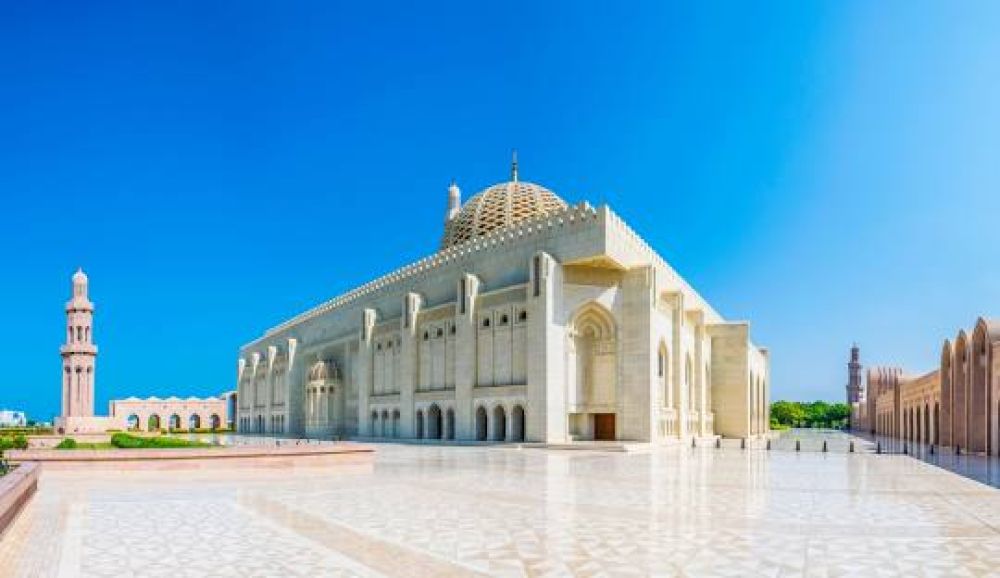

The Sultan Qaboos Grand Mosque in Muscat, Oman, stands as a symbol of contemporary Islamic spirituality and architectural marvel. Opened in 2001, this religious site has rapidly become one of the most visited attractions in Oman, inviting both worshippers and tourists alike to witness its grandeur.
The mosque was a gift to the nation from Sultan Qaboos to commemorate his 30th year of reign. Tourism at the Sultan Qaboos Grand Mosque began shortly after its inauguration, when the mosque opened its doors to the public. It was constructed over a period of six years and involved 300,000 tons of Indian sandstone. The main prayer hall is breathtaking, with a 70-meter high central dome and a chandelier that was, for a time, considered the world's largest, adorned with 600,000 Swarovski crystals.
As one of the few mosques open to non-Muslims, the Sultan Qaboos Grand Mosque has attracted visitors from all around the world. Its capacity to accommodate 20,000 worshippers makes it one of the largest mosques in the world. With its extensive library and beautiful gardens, the mosque complex serves as an educational and spiritual hub, reflecting Oman's commitment to cultural openness and religious tolerance.
Providing a serene environment for reflection and prayer, as well as a rich cultural experience, the Grand Mosque offers guided tours for visitors to learn about Islamic art, culture, and the architectural significance of the mosque. The inclusion of modern facilities, such as air conditioning and ample space for parking, has made it accessible and comfortable for tourists even in the heat of the Omani desert.
The mosque has played a pivotal role in shaping the country's tourism landscape. As Oman has aimed to diversify its economy by bolstering its tourism sector, iconic sites like the Sultan Qaboos Grand Mosque have become essential in promoting Oman's image as a peaceful and picturesque destination.
In recent years, there has been a trend toward immersive and educational tourism experiences. The Sultan Qaboos Grand Mosque aligns with this trend by offering visitors the chance to participate in cultural exchange activities. VR experiences and mobile applications have been developed to provide comprehensive tours and insightful narratives on the mosque's history and features.
Furthermore, sustainable and respectful tourism practices are being emphasized. Visitors are encouraged to dress modestly and to conduct themselves in a manner respectful to the place of worship. This adherence to cultural norms is part of a broader trend in tourism that seeks a harmonious relationship between the industry and local traditions.
The mosque's presence on social media has also boosted its global profile, with tourists often sharing their experiences online, contributing to its popularity and making it a mainstay on the itineraries of international visitors to Oman.
In conclusion, the Sultan Qaboos Grand Mosque is not just an extraordinary piece of Islamic architecture but also a key player in Oman's burgeoning tourism scene. It stands as a testament to the Sultanate's commitment to cultural openness and hospitality, inviting travelers from all corners of the globe to explore its historic and spiritual significance.